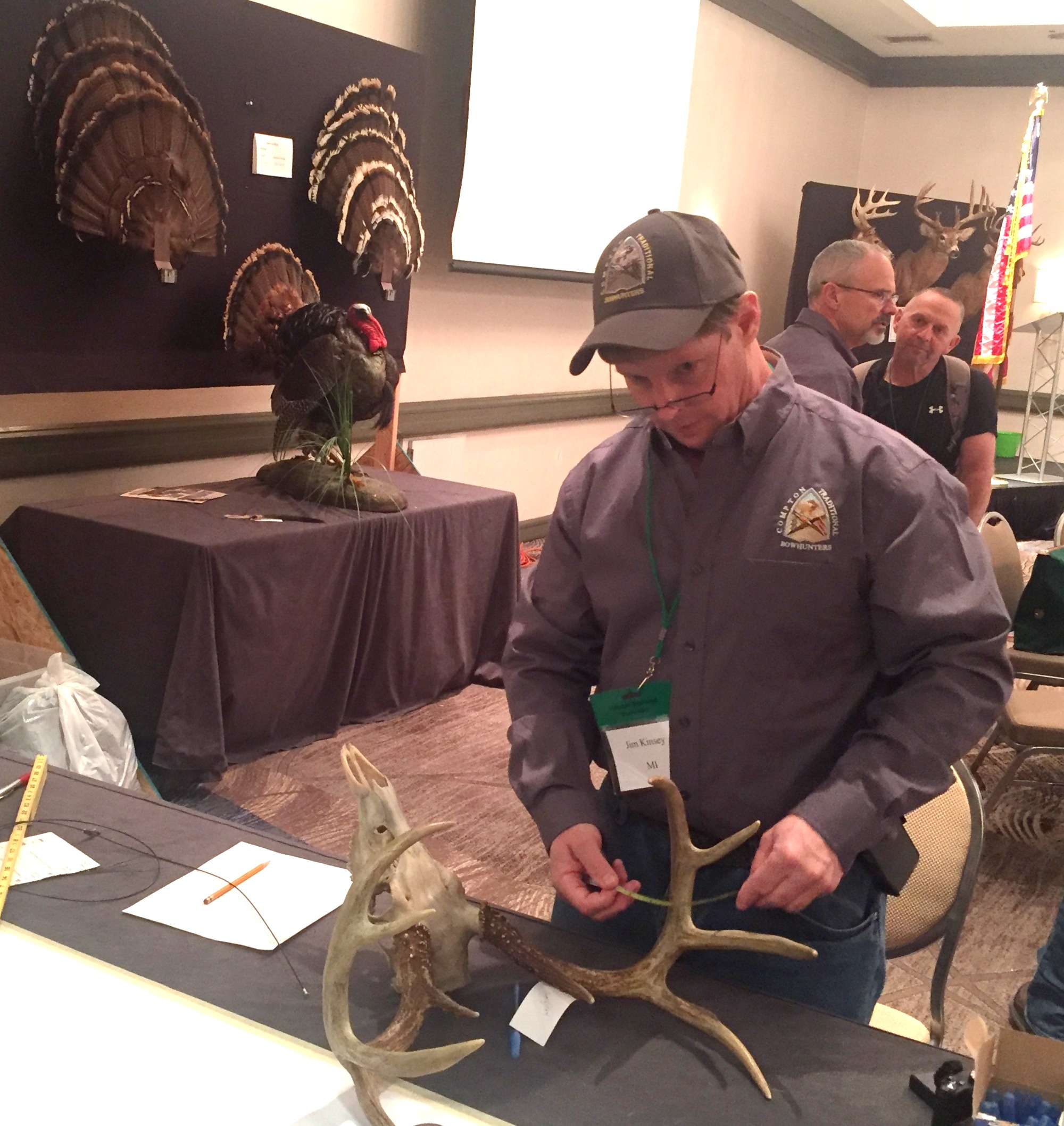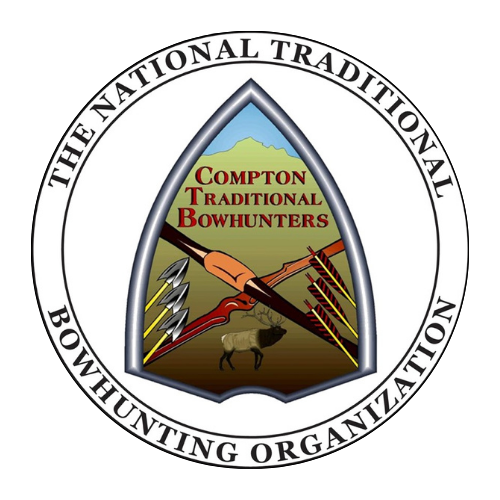
Archives
Archives and Records Program
We are often asked what is the purpose or function of the Archives Program. The Compton Archives Program is a compilation of historical documents and records that provide information related to those people, places, animals, methods, used to harvest big game animals with traditional archery equipment used in bow hunting. The Archives Program also validates the effectiveness of traditional bows and equipment used for hunting big game animals.
Understanding the linkages between the past and present helps all better understand changes, and how traditional bow hunting came to be, along with how it has evolved. Our past history causes the present, which shapes our future.
The history of archery dates back to the Stone Age of man. History also tells us that the Ancient Egyptians some 5,000 years ago were one of the earliest civilizations to adopt archery, while some historians argue that archery dates back 10,000 years ago for military purposes and hunting. Regardless of the age of archery, we cannot deny the significant role archery has played in shaping not only ancient civilizations but also the modern day archer and bow hunter.
As we fast forward to the 1990’s many traditional archery hunters wanted to be a part of an organization that was separate from the modern day bowhunter. An organization that was devoted to traditional bowhunters, and the use of traditional archery equipment when hunting. In 1999, Glenn St. Charles spearheaded a group of men from different parts of the United States to form Compton Traditional Bowhunters.
A few years later in 2003, a small group of men that included G Fred Asbell, T.J. Conrads, Scott George, and Marv Clynke met in Boulder, Colorado to discuss and formulate a system for the recording of big game animals harvested with traditional bowhunting equipment. These men were the original members of the Compton Traditional Bowhunting Archives Committee.
During that meeting, it was discussed that the scoring system would not be in competition with other systems. Knowing that traditional bowhunters have always been as much interested in the hunt and methods of hunting when harvesting an animal. With that in mind, the committee incorporated the hunting method and equipment into the Archive scoring system.
At the Boulder meeting, the Archives Committee decided on a system that would include the measuring of the animals taken, without any deductions in symmetry from one side to the other side of all antlered and horned animals. On antlered animals there would be no deduction difference taken between the inside spread of the main beams and the length of the longest main beam. The system gives the antlers credit for all points and mass on the head except for small non-typical points. If the antlers have enough non-typical points to make the non-typical category, and the owner wants it entered into the non-typical category, then all these non-typical points are included in the final animal score.
If the antlers meet the typical category minimum score, even though it has some non-typical points, and the owner wants it entered in the typical category, then the non-typical points that are present would not be scored at all, so there would be no deduction on a typical antlered animal for any non-typical points.
There is a minimum score for entry into all categories for the Compton Archives. Minimum scores include the animal score plus the Compton method of hunting and equipment points. Compton equipment points will be awarded as follows; Recurve Bow +0, Longbow +1, Selfbow +2, Self-made wood arrows +1.
Method of hunting points as follows; Black bear or Cougar from ground blind +2, all other animals taken from ground blind +1; for stalking a Cougar +3, for stalking a bear. Compton points will also be awarded unguided hunts; brown bear +1, black bear +1, grizzly bear +1, polar bear +1, bison +5, all caribou species +1, cougar +1, typical & non-typical whitetail deer +1, all other deer species +5, both elk species +5, Rocky Mountain goat +5, all moose species +1, pronghorn antelope +1, Big Horn sheep +5, Dall sheep +1, Stone sheep +1, and Desert sheep +10. The equipment and method of hunting points will be added to the animal score for a total Compton Traditional Archives score. There will be no designated World Records.
Each entry must be accompanied by a fair chase affidavit, plus information on the hunter and hunt. The listing of all animals entered will include the hunters, method of hunting (treestand, ground blind, stalking, etc.), type and make of bow used, bow draw weight, arrow material, broadhead type, etc. Photos of animals will be greatly appreciated to validate hunt. All of this information will be listed, with the data on the animal of each entry. The purpose of this is to include the hunter, his equipment, and method of hunting, along with the animal.
The fee for entering an animal into the Archives listings is $25.00. Each entry will receive a certificate suitable for framing. We will also be able to take animals that have been previously measured by submitting a copy of that measuring form along with a fair chase affidavit to the Compton Archives office or a Compton Archives Measurer.
In summary, the Compton Archives Program and scoring system stands alone, providing a true identity to traditional bowhunters, while giving credit to the full growth of a big game animal without deductions. This is the first and only system set up exclusively for traditionally harvested big game animals. We hope all of you will support the Compton measuring system and enter your animals into the Compton Archives. We will list entries into the Compton newsletter as they come in.
We currently have available the first edition of our Compton Traditional Bowhunters Archives Book. This book is a part of bowhunting history and can be purchased on this website, or at any of the Compton Rendevous. We are already working on the second addition as entries continue to grow. By entering your animals you will preserve a lasting memory and respect to the animal, along with providing data for the future of traditional bowhunting. The Archives Program is critical to the success and future of Compton.
Jim Kinsey
Archives Chairman
Email address: Archives@comptontraditionalbowhunters.com
Phone number: 517-223-7757


